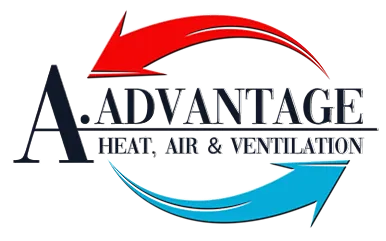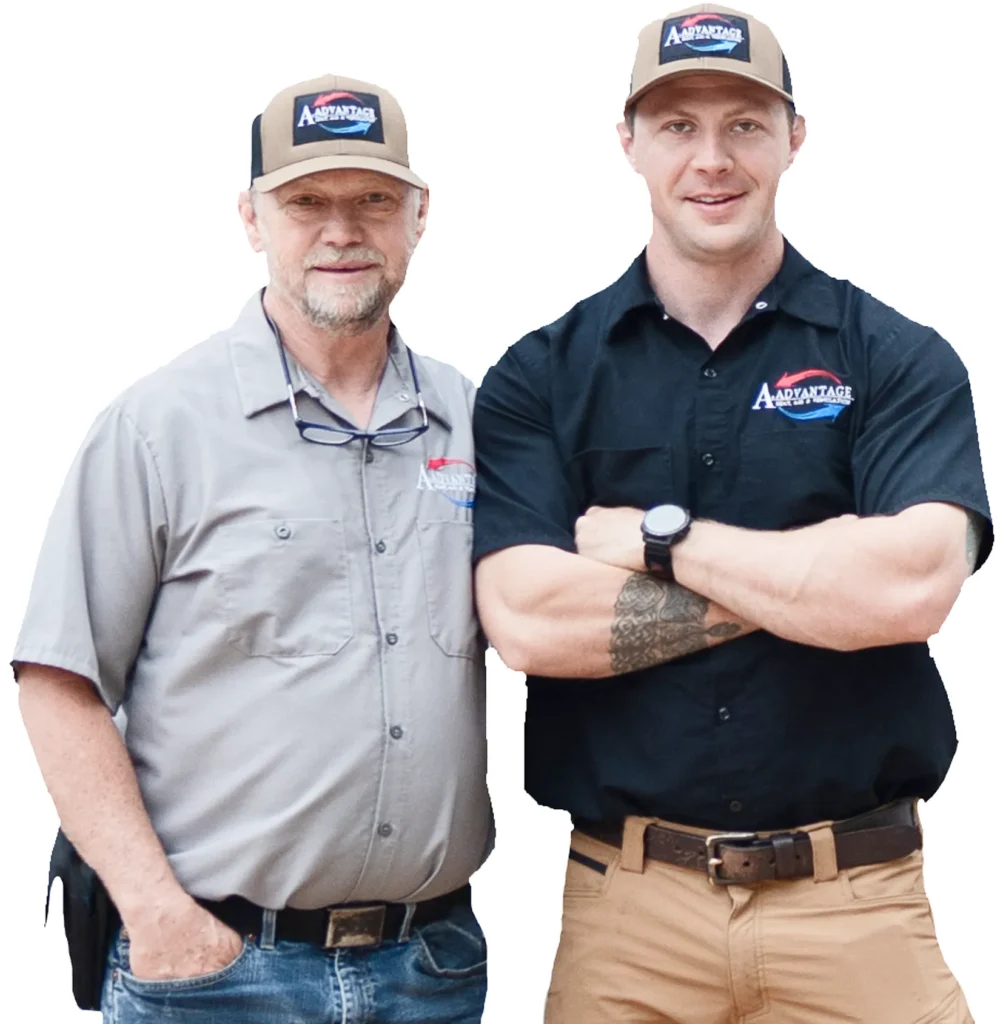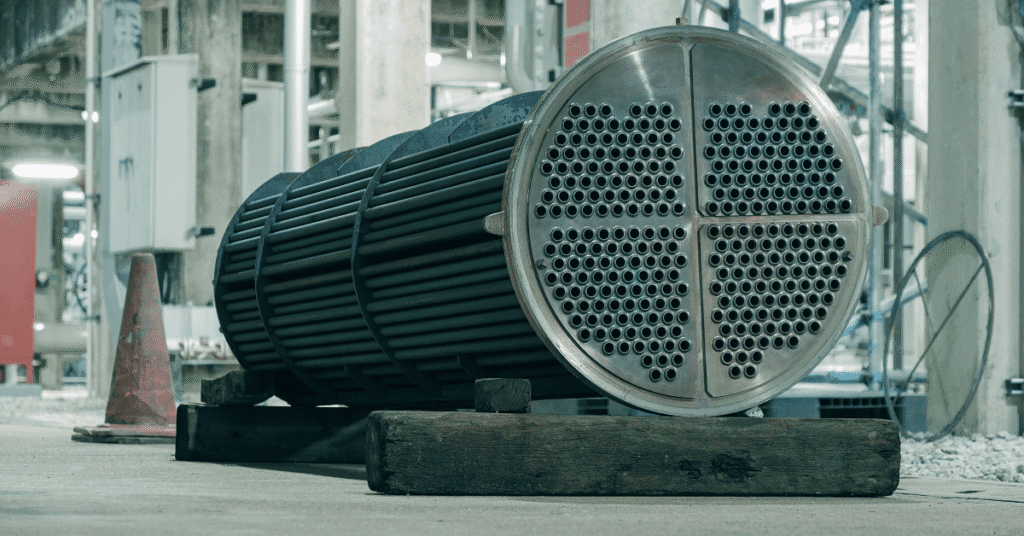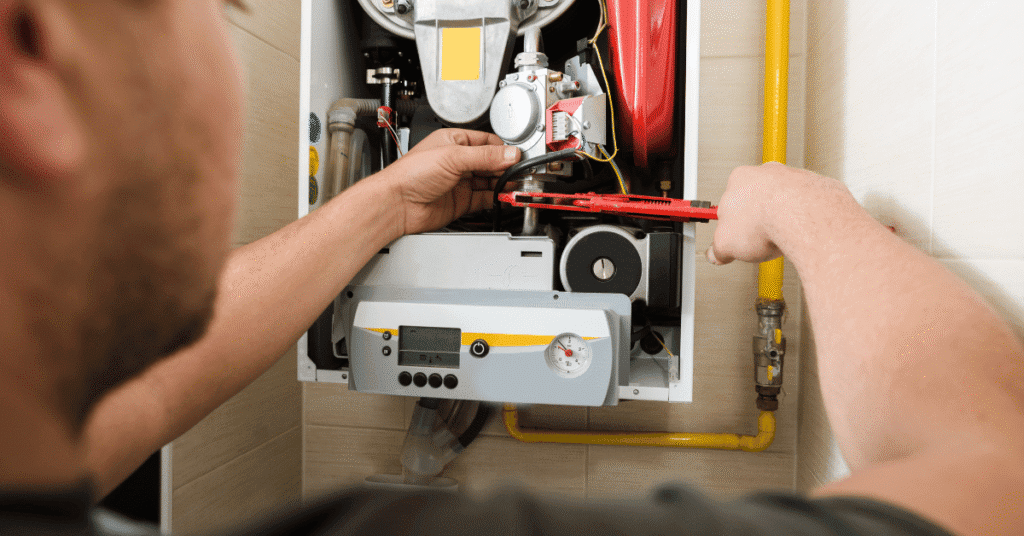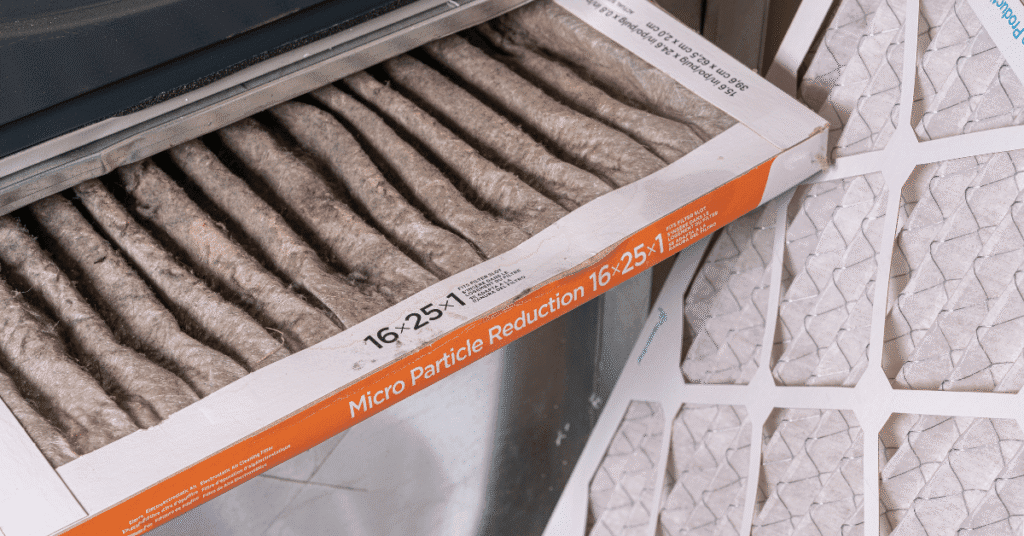Furnace Troubleshooting: Few things are more frustrating than waking up on a cold Oklahoma morning only to find your furnace silent. No warm air, no comforting hum, just the chill creeping in. Whether it’s a quick fix or a sign of a bigger furnace issue, a furnace that doesn’t start needs immediate attention before the cold really settles in.
Some causes are simple, like a thermostat setting that’s been changed accidentally. Others involve faulty parts inside your HVAC system that only a licensed technician should handle. At AAdvantage Inc, we’ve spent over 50 years diagnosing and handling furnace repair and heating system maintenance in Oklahoma City, and we know the common furnace warning signs inside and out. This guide covers furnace troubleshooting steps, common reasons why your furnace won’t turn on, and what you can do before calling for repair.
How Your Furnace Works
Understanding how your gas furnace or other heating system operates can help you pinpoint where the malfunction may be.
- Thermostat calls for heat – When the indoor temperature drops below your thermostat setting, it signals the furnace to start.
- Ignition process begins – A pilot light or electronic igniter lights the burners.
- Heat exchanger warms up – Air passes over the heated surface and absorbs warmth.
- Blower distributes air – The blower motor pushes warm air through ductwork to heat your home.
- Safety controls monitor performance – Limit switches and sensors prevent your furnace from overheating or creating unsafe conditions.
If any of these steps fail, your furnace won’t stay lit or won’t start at all.
Thermostat Issues
Furnace Troubleshooting: A malfunctioning thermostat is one of the most common reasons why your furnace will not work. If the thermostat is set incorrectly or faulty, the furnace won’t turn on.
Quick checks:
- Ensure the thermostat is set to “heat” and the temperature is higher than the current room reading.
- Replace batteries if needed.
- Check the thermostat wiring for loose connections.
- If you have a programmable thermostat, ensure the schedule is correct and the temperature drops aren’t causing the furnace to shut down.
Tripped Circuit or Power Issues
Even a gas furnace relies on electricity for the blower, control board, and gas valve. A tripped circuit breaker can stop the furnace from operating.
Quick checks:
- Check the circuit breaker for the furnace and reset if tripped.
- If the breaker trips again, there could be a faulty blower motor, shorted wiring, or another electrical malfunction that needs furnace repair.
- Flip the power switch at the furnace to make sure it’s on.
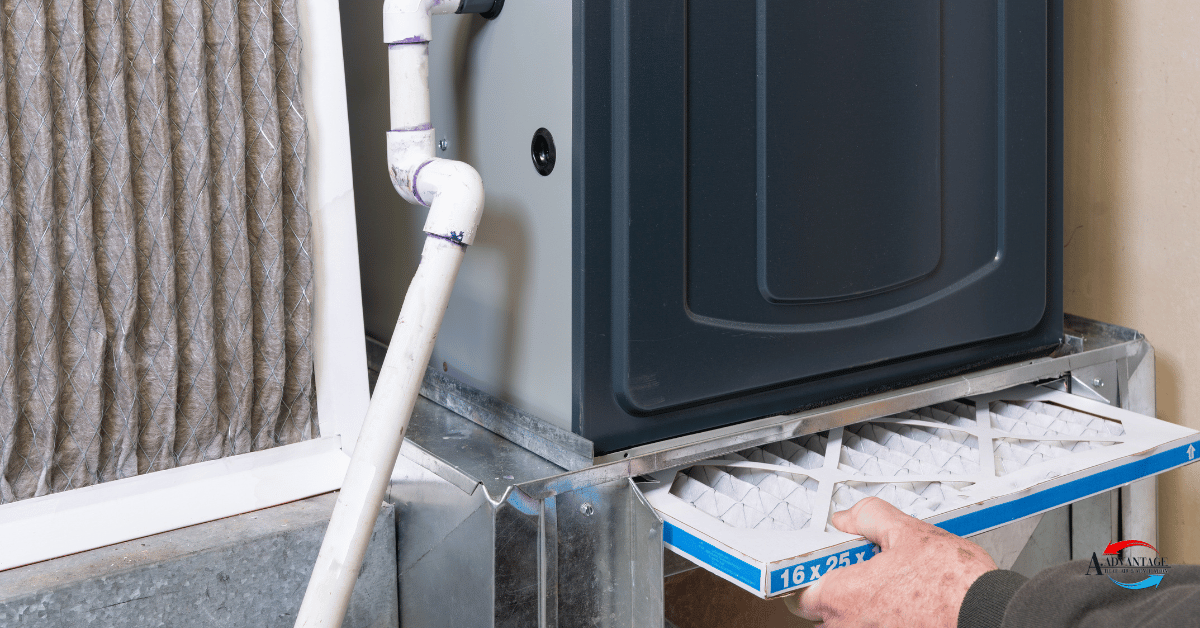
Dirty or Clogged Furnace Filter
Furnace Troubleshooting: A dirty air filter restricts airflow, leading to overheating and a shut down for safety.
Quick checks:
- Inspect the furnace filter and change your air filter if clogged.
- Regular furnace maintenance and cleaning help prevent your furnace from overheating.
Ignition and Pilot Light Problems
If the ignition system fails, the furnace is not igniting and cannot heat your home.
Possible causes:
- Faulty ignitor
- Dirty flame sensor or pilot assembly
- Closed gas valve or gas leak
Quick checks:
- Follow manufacturer instructions to relight the pilot light.
- If the pilot won’t stay lit, the gas valve may be faulty or the flame sensor needs cleaning.
Blower Motor and Airflow Problems
If the blower doesn’t run, the warm air cannot circulate through your HVAC system.
Signs:
- Furnace starts but no airflow
- Strange grinding or squealing sounds
This usually requires a technician to check the blower motor, control board, or limit switch.

Limit Switch or Safety Control Malfunction
A faulty limit switch can prevent your furnace from operating. These components are designed to shut down the furnace when it’s overheating. If they malfunction, they may stop it from running even when it’s safe.
Gas Supply or Valve Problems
Without proper gas flow, your gas furnace won’t light.
Possible causes:
- Closed gas valve
- Utility outage
- Damaged gas line
If you smell gas, leave immediately and contact your utility company before calling for furnace repair.
Quick Furnace Troubleshooting Steps Before Calling a Pro
- Check your thermostat settings and batteries.
- Change your air filter.
- Check the circuit breaker and power switch.
- See if the furnace starts after resetting the breaker.
- Look for any error code on the control board display.
When to Call for Furnace Repair in Oklahoma City
It’s time to call a licensed HVAC technician if:
- The furnace trips the breaker repeatedly.
- You detect a gas leak.
- The furnace ignitor is not working.
- The blower doesn’t start and run.
- Troubleshooting steps haven’t fixed the furnace problems.
How Professional Furnace Repair Works
- Inspection – Checking thermostat, wiring, gas valve, and pilot light.
- Testing – Inspecting burners, igniter, blower, and limit switch.
- Cleaning – Removing dust, cleaning the burner and flame sensor.
- Repair/Replacement – Fixing faulty parts with quality replacements.
- System Test – Ensuring the furnace works safely and efficiently.

Preventing Future Furnace Problems
- Schedule regular maintenance before winter.
- Change filters regularly.
- Keep the furnace area free of clutter.
- Have a technician inspect the heating and cooling system annually.
